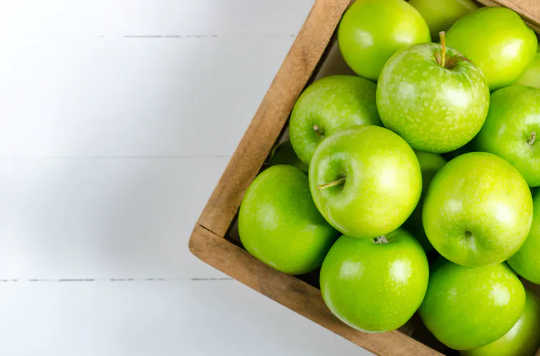- By Lena Ciric

Many of us rely on public transport to get to work, school, and to meet friends and family. But in the time of COVID-19 is it safe to use these vehicles and is there a difference between them?

The other night I was sitting around a fire with a friend, discussing the influence of psychedelics on our lives, when she uttered this statement, “after three years of working with these mushrooms, I love life. I just want to be and do the best I can. All the time. Now. Urgently. For myself, for others, for Earth.”
- By Cate Varney

The COVID-19 pandemic has thrust the obesity epidemic once again into the spotlight, revealing that obesity is no longer a disease that harms just in the long run but one that can have acutely devastating effects.
- By Tim Spector

One of the best ways of containing the spread of COVID-19 is to rapidly identify people infected with the coronavirus and prevent them from passing it to others.

Chronic fatigue syndrome (CFS) affects up to 24m people, globally, but little is known about its causes. Our latest study unravels some of this mystery. The results suggest that an overactive immune system may trigger this long-term condition.
- By Matt Hill
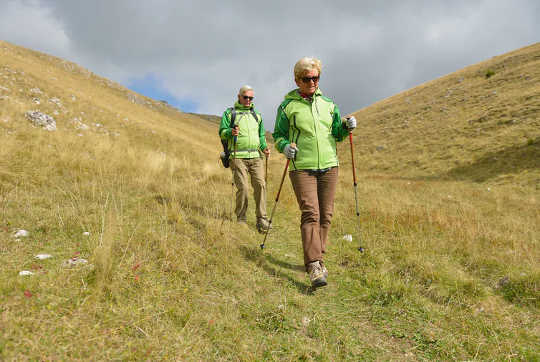
Falls are a common cause of injury in older adults and can lead to disability. Luckily, the risk of falls can be reduced with regular exercise– but not all exercise.
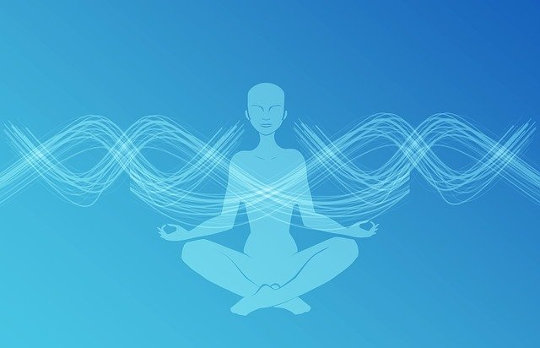
I firmly believe that intuitive or symbolic sight is not a gift but a skill -- a skill based in self-esteem. Developing this skill -- and a healthy sense of self -- becomes easier when you can think in the words, concepts, and principles of energy medicine...
- By U. Michigan

How can you tell if you have a cold, the flu, or COVID-19? An expert offers advice for those worried sick about their symptoms.

The Sirtfood diet has been in the news again this week after singer Adele showed off her slimmed-down figure on US comedy show Saturday Night Live.

Feeling under the weather? Chances are you or your doctor will grab a thermometer, take your temperature and hope for the familiar 98.6 degrees Fahrenheit (37 degrees Celsius) everyone recognizes as “normal.”
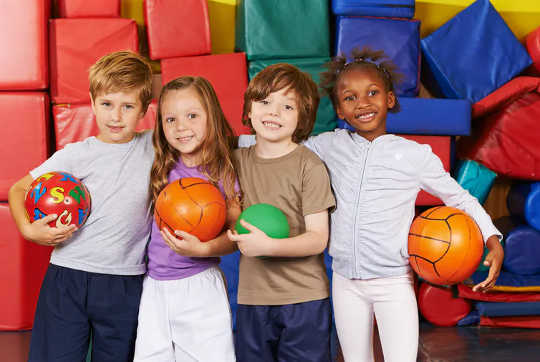
There are growing concerns about the long-term effects of the COVID-19 pandemic on children and young people.
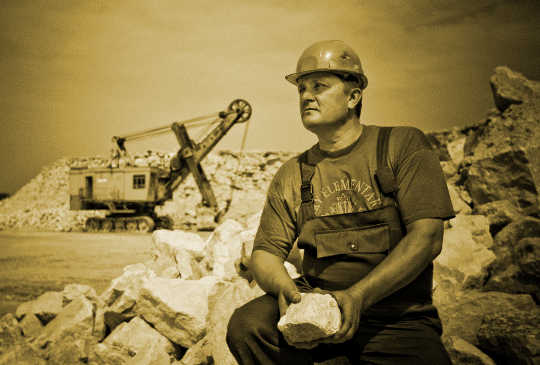
Men in jobs with hard physical work have a higher risk of developing dementia compared to men doing sedentary work, new research reveals.
- By Ryan Malosh
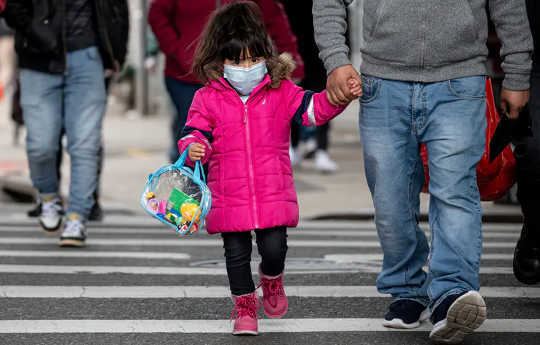
The Centers for Disease Control and Prevention has new guidance clarifying what exactly “close contact” means when it comes to transmission of SARS-Cov-2, the virus that causes COVID-19.

Cleaning and disinfecting frequently touched surfaces and objects (such as door handles) can help prevent the spread of infectious diseases. This is more relevant now than ever.

Black licorice may look and taste like an innocent treat, but this candy has a dark side. On Sept. 23, 2020, it was reported that black licorice was the culprit in the death of a 54-year-old man in Massachusetts.

Around the world, virologists in labs are constantly handling samples of SARS-CoV-2, the virus that causes COVID-19, as part of our global quest to understand, and hopefully overcome, this pandemic.

Most scientists agree that stringent control measures, involving efficient contact tracing, testing and isolation, together with social distancing and mask wearing, are required to limit the spread of SARS-CoV-2.

I trained as a conventional physician. I have also studied Native American healing for more than twenty-five years. I have walked with feet in two different worlds for my entire medical career. I did this because I grew up knowing that 'Indian medicine' could help people when conventional medicine had nothing more to offer.

The Food and Drug Administration issued a warning on Oct. 15, 2020 to both health care professionals and women about the use of nonsteroidal anti-inflammatory drugs (NSAIDs) after 20 weeks of pregnancy.
- By Gordon Dent
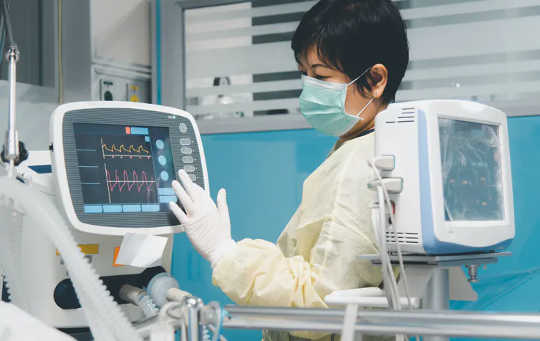
Donald Trump’s brief stay in hospital in early October 2020 raised awareness – once again – of the variety of treatments being investigated for COVID-19.
- By Ian Taylor

In the early phases of lockdown, the streets were teeming with runners and living rooms were a blur of uncoordinated star jumps and lunges.
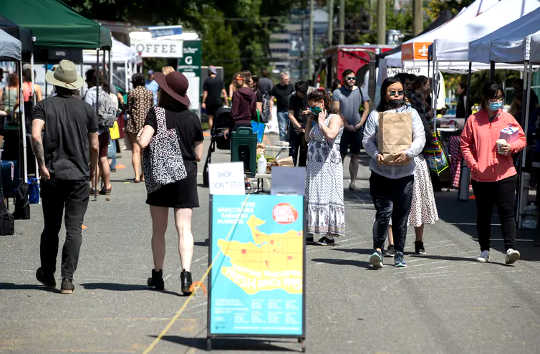
Since March, farmers have continued selling at farmers markets, have sold out of community-supported agriculture (CSA) shares and responded to an increased demand as more people have taken up homesteading activities such as home cooking, gardening and canning.

